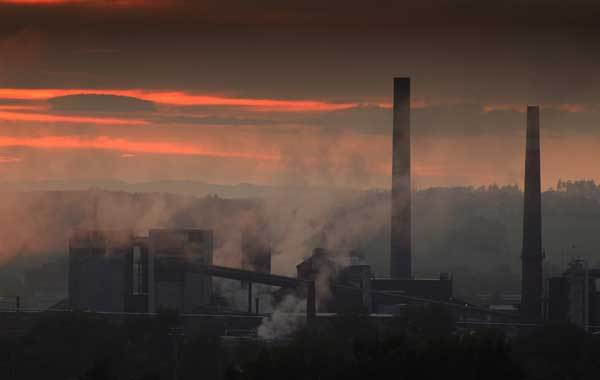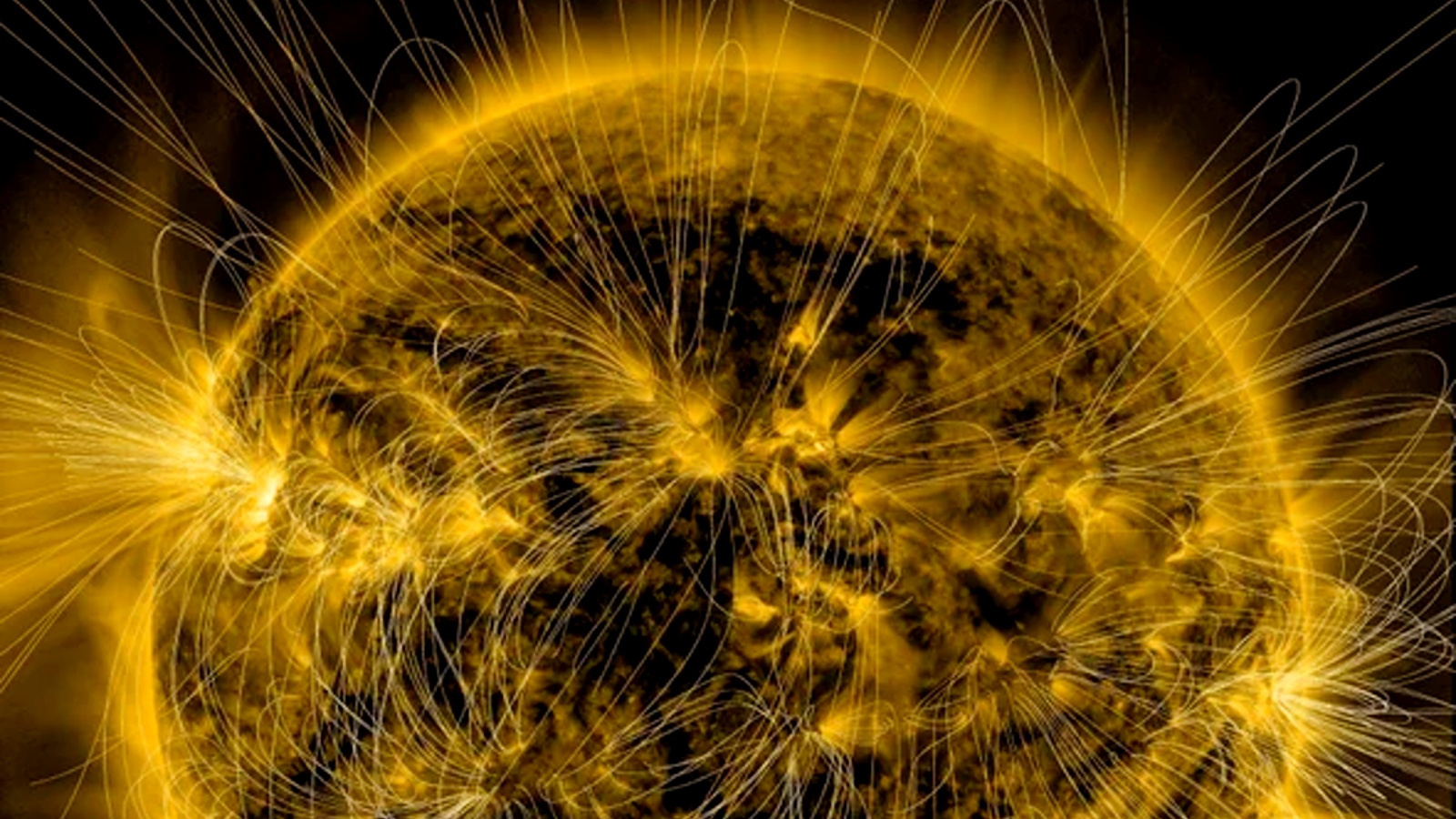What's Smog?

Ever been flying over a major city and noticed that murky brown layer of air hovering below? Well, that’s smog.
The word “smog” is a fusion of “smoke” and “fog,” and was originally used to describe the haze that enshrouded coal-burning London at the turn of the 20th century. The burning of large amounts of coal in an area results in a thick, cloudy mixture of smoke and sulfur dioxide.
Nowadays, the term smog is applied more to the haze that results when sunlight reacts with nitrogen oxides and volatile organic compounds, which are emitted from the burning of fossil fuels in cars, power plants and factories. The reaction creates tiny airborne particles (called particulate matter) and ozone, which can aggravate conditions like asthma.
Particulate matter (PM) can be produced naturally (for example, by forest fires) or by burning fossil fuels. When people breathe in particulates, they penetrate into the lungs, but just how far in they go depends on their size. PM 10 (which is 10 micrometers in diameter, or the width of a cotton fiber) cannot penetrate as far as PM 2.5 (2.5 micrometers in diameter). The EPA sets standards for both types of PM. Because particulate matter scatters sunlight, smog also reduces visibility in the skies it pollutes.
Ground-level ozone in smog is not to be confused with ozone in the stratosphere, which absorbs harmful ultraviolet rays from the sun.
Follow Life's Little Mysteries on Twitter @llmysteries. We're also on Facebook & Google+.
Sign up for the Live Science daily newsletter now
Get the world’s most fascinating discoveries delivered straight to your inbox.

Andrea Thompson is an associate editor at Scientific American, where she covers sustainability, energy and the environment. Prior to that, she was a senior writer covering climate science at Climate Central and a reporter and editor at Live Science, where she primarily covered Earth science and the environment. She holds a graduate degree in science health and environmental reporting from New York University, as well as a bachelor of science and and masters of science in atmospheric chemistry from the Georgia Institute of Technology.









